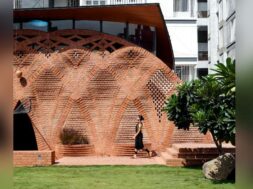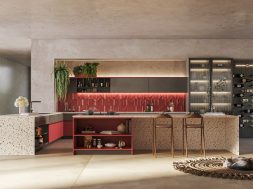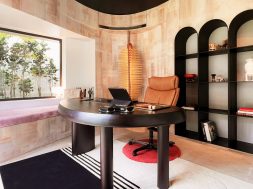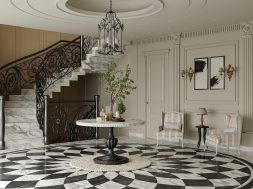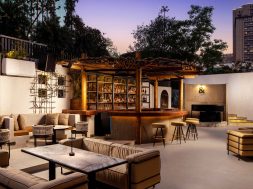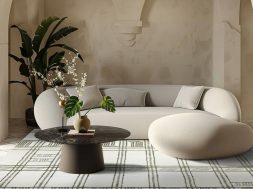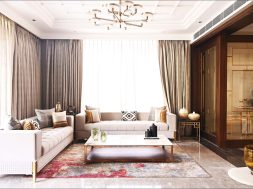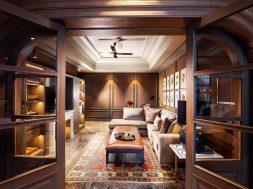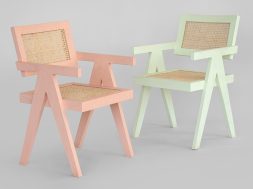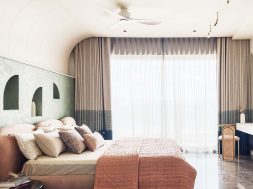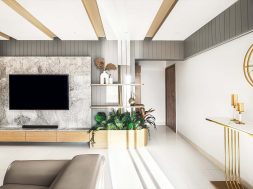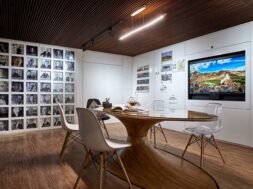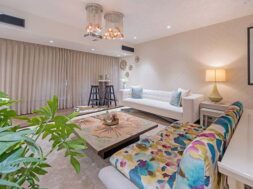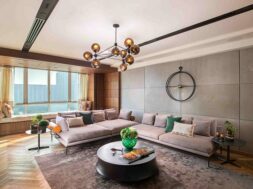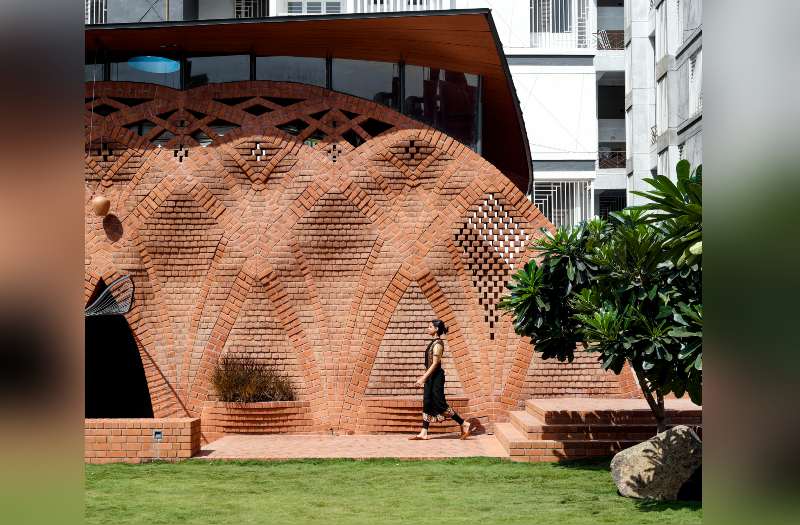
Red Oasis – The Power to Transform
When the contemporary built environment seems mundane, it’s time to look back at the glory of simple materials and how they can enhance both; our surroundings and our life.
Through the years of globalization and standardization to find homes for the ever increasing inhabitants, jungles of look-alike buildings have been created with the expectation that the immense diversity will adapt and surrender to this monotonous fate. The expectation of a home has been redrafted to a mere four wall requirement rather than a promotion of social well-being and interactive involvement with the surrounding ecosystem.
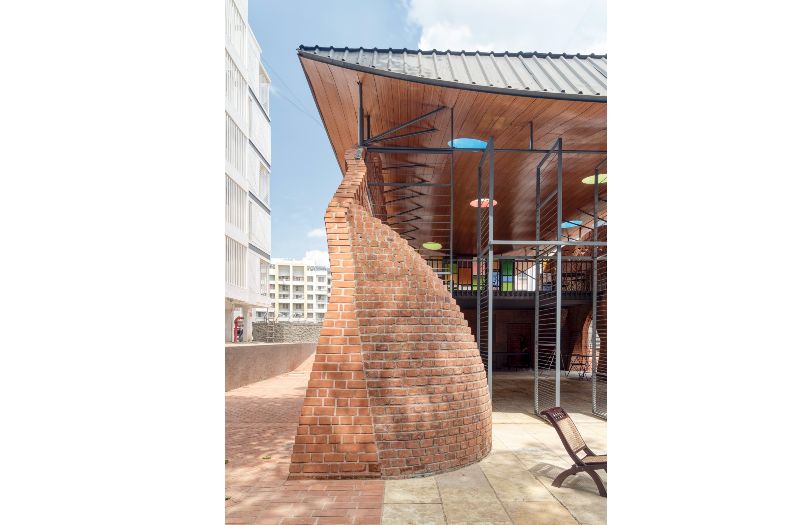
Architecture holds the power to transform this perception and show people what their lives can be despite the economic barriers. When people start to identify with it, all future developments will be in line with the compliance we need, to develop a sustainable society.
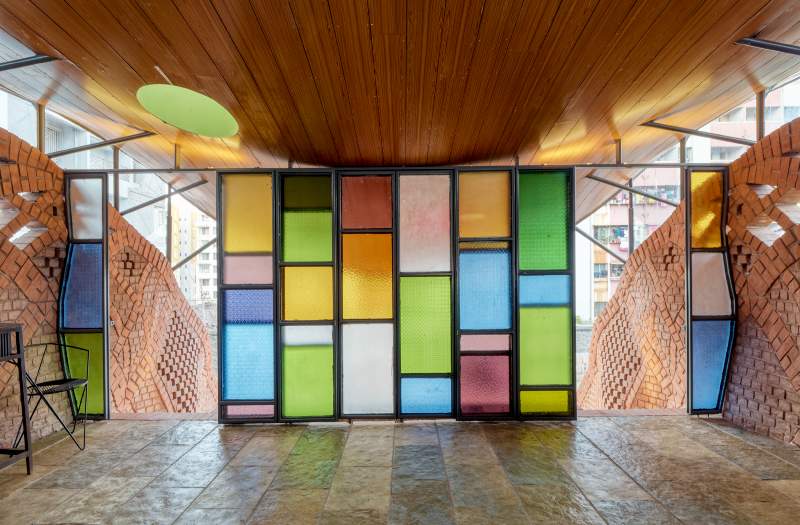
The ‘red oasis’ is a similar experiment that celebrates a small open space in a densely packed neighbourhood of residential complexes and tries to create an ideal for an alternative lifestyle. The design philosophy of ‘red oasis’ was thus focused around building and maintaining that open space whilst ensuring a minimal footprint. Accordingly, a major part of the project is covered in greens and trees that enclose and detach it from the surroundings, creating an ecosystem in itself.

In an attempt to build an oasis, the project intends to contrast from its neighbourhood and showcase the versatility and potential of the bricks manufactured locally, along with its economic advantage. The structure intends to intensively experiment with the brick’s versatility and was crafted on the site engaging the local labour, thus promoting a circular economy. The project comes together as a monolithic composition of a single module (the brick), used in varied combinations based on different functions. In the open spaces, the bricks fold and mould with the floors, walls and plinths creating nuances of seating, walkways, planters and more.
The only enclosed volumetric requirement of the community hall was treated as a shade or pavilion and lowered further into the ground to minimize its dominance over the rest. The long walls of the pavilion are built in 9-inch-thick brickwork, with walls curved to achieve the required centre of gravity, minimizing the material use. These are then rendered porous with traditional jalis and openings to maintain a passive source of air movement. In its attempt to perpetuate the ecology, the brickwork forms drains within itself, directing the rain water from across the space to a storage tank. Planters were also detailed out inside the walls of the pavilion to enhance its connection with the surrounding greens.

The additional materials required in the project for the roof, doors and furniture implied the use of metal scraps generated at construction sites nearby. Now standing in their full form, the un-rendered bricks naturally weather and transform as life dwells around them over the time. The project is an abode of enthusiasm amidst the lethargy of everyday life. It is an escape from reality, an oasis in the concrete jungle.
